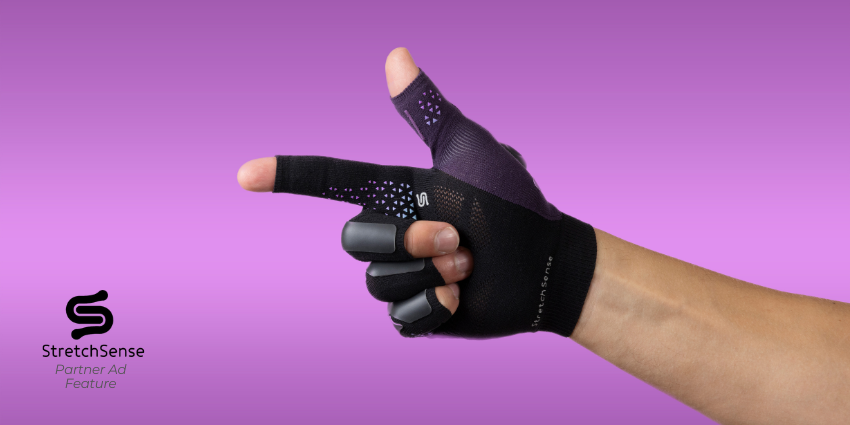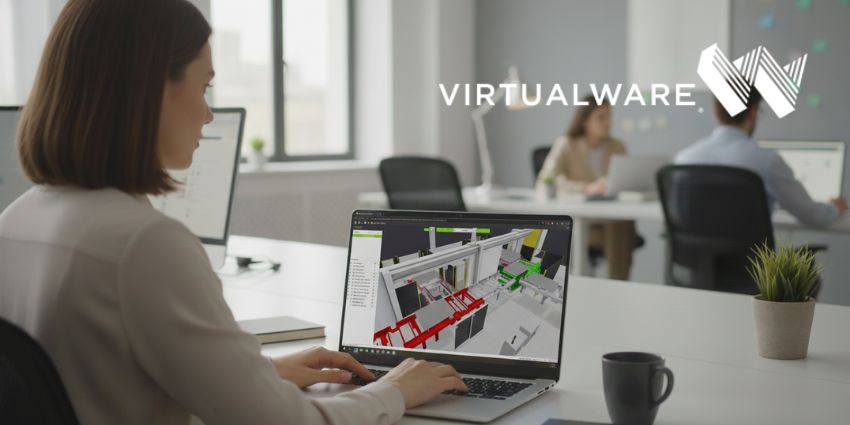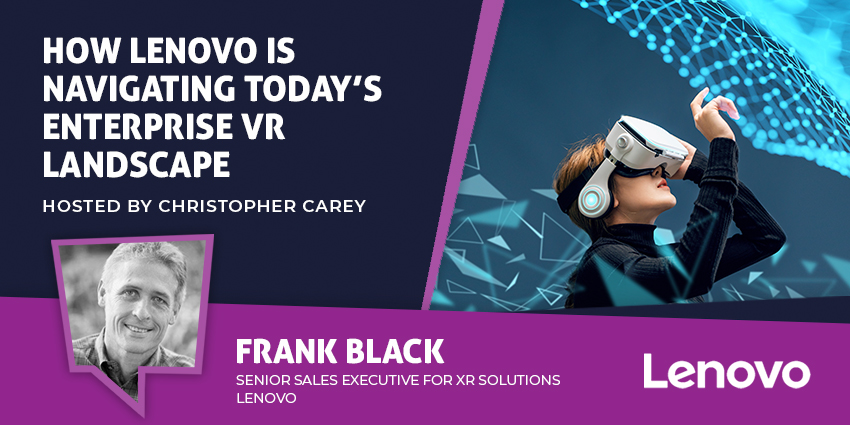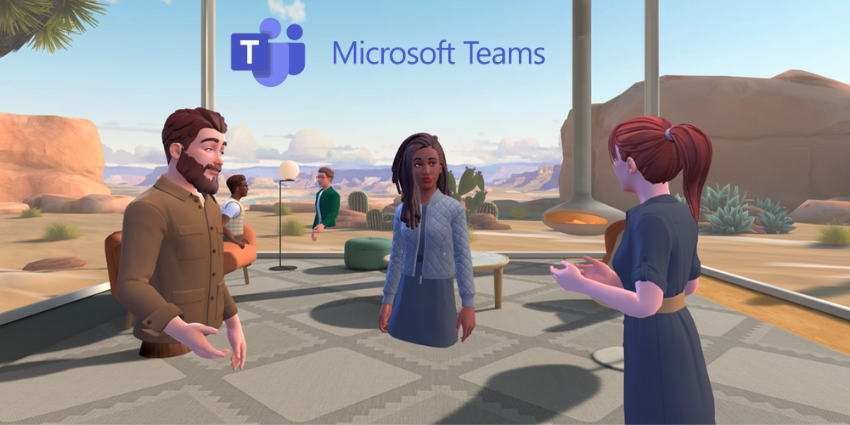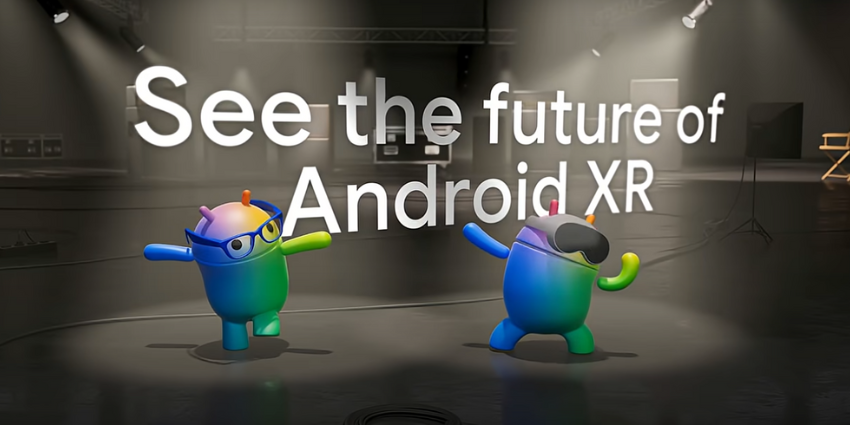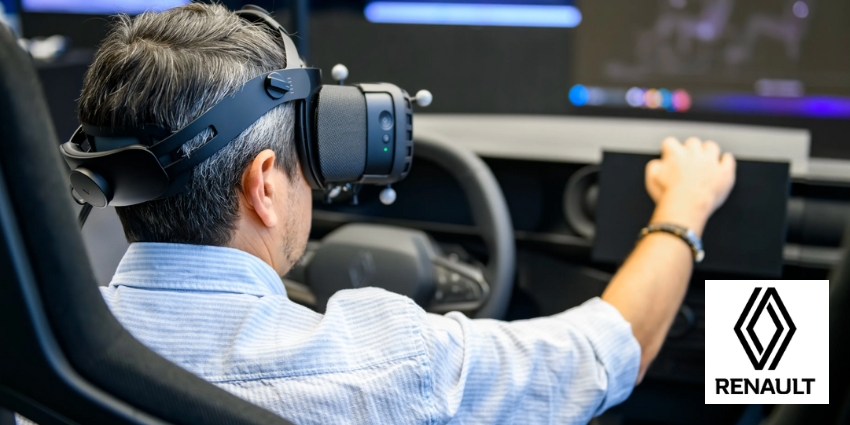Following the recent information about the Hololens 3. Microsoft have filed a May 18th, 2021, patent titled: “Transitioning into a VR environment and warning HMD users of real-world physical obstacles.”
The abstract presented in Microsoft’s American patent describes an optimised and improved “transition between a real-world environment[s] and a virtual reality environment[s]”.
After detecting real world surroundings. Microsoft’s patented technology will create a replicated environment. Obtaining and rendering “virtual representations of real-world physical object(s)”.
Seemingly in direct response to Facebook/Oculus Quest VR transition technology. Where the user can create a “Guardian” which acts as a protective boundary. Stopping potential clashes with the real world environment around the user.
When reaching the edge of a guardian, the Quest 2 pass-though camera feed will capture the real-world environment into the headset. Giving the user a better sense of physical space.
But with recent updates, Oculus are creating their own strides in the same field. Allowing Quest devices to detect desks and couches for VR rendering.
Microsoft reference pass-through cameras in the patent description. Describing how the use of pass-through cameras in VR can lead to issues of user disorientation.
How Can this be Used?
With the advancement of pass-through camera hardware. Microsoft seem to be hinting at recreating physical environments in VR. Instead of just displaying a camera feed into a VR headset. Perhaps giving users the ability to recreate and hold events in their VR scanned homes or work environments.
Interestingly, this tech is specifically laid out to be inclusive for VR; not AR. This technology might fit into the consumer lead direction of the Hololens 3 (which is planned for a 2024 release). Perhaps wanting to create competition in the VR space as they approach a consumer market with the Hololens 3.
Prospects for enterprise will increase too. With a consumer-focused product, the prices of Hololens hardware could decrease and accessibility to the hardware can greatly increase.
Allowing for enterprises to easily integrate an AR workflow. Similarly, we could see this potential in the future with Microsoft VR hardware.
The patent is designed to accommodate user’s with small bedrooms or cluttered environments. But there is no rule saying this cannot be applied to small (or cluttered) offices.
If mixed with a software like Noda (a VR mind mapping solution); meeting in co-workers in VR scanned office could breed a whole new dimension of interactive collaboration.


